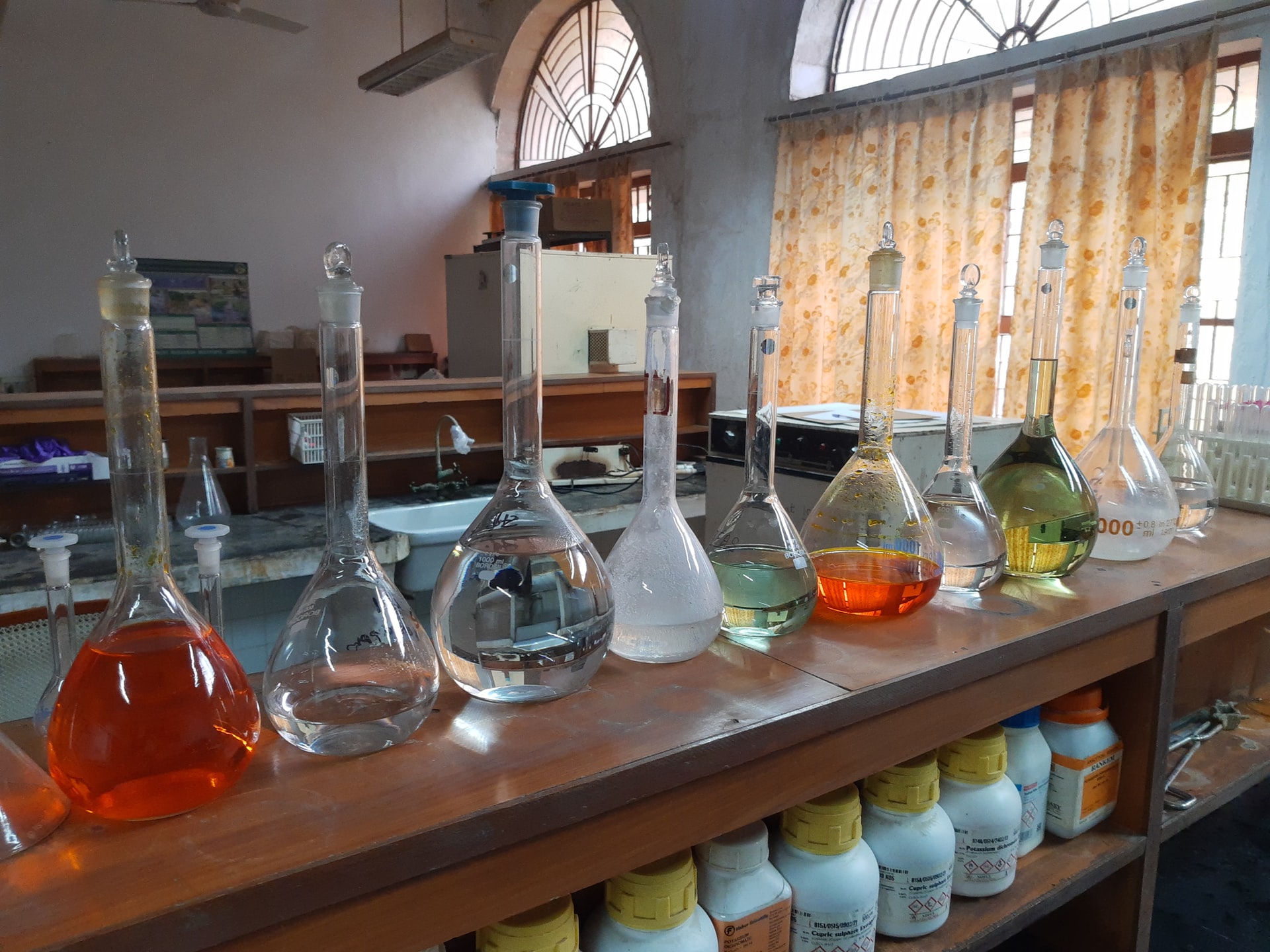Has remote work taken a toll on your team? Is the digital set up not quite working for you? Do you wonder why employee productivity has plateaued?
When it comes to team efficiency and productivity, team chemistry is the secret sauce most leaders rely on. Some even view a lack of team chemistry as unsuccessful.
When you add a digital workplace, you might find the chemistry you had built with your team back at the office has become stagnant. Or maybe with the introduction of new tech, team members just aren’t clicking like they used to.
Some team members might feel like they’ve lost that personal connection. Others might be overwhelmed and avoid essential tools where connection is built. New joinees may struggle to find their place in the team chemistry.
But digital teams are adaptable, and team chemistry isn’t limited to people who are co-located. You can make the tools work for you. Here’s how you can understand and optimize team chemistry in a digital work setting.
What is team chemistry?
Team chemistry is a set of often undefined components that result in a group of people being in sync with each other’s actions and decisions. Teams with high team chemistry are usually more successful and have high performance.
Some say team chemistry is based on individual qualities of each team member, while others point to the collective characteristics of the group.
Here are some consistent group characteristics of teams with high chemistry.
- Harmony – team members feel comfortable to approach each other, share new ideas and voice work related concerns
- Respect – team members treat each other as experts and essential parts
- Loyalty – team members defend each other and support each other’s work
- Adaptability – teams can quickly change course when required because they know each other’s personalities and skills
- Alignment – everyone knows the common goal and works together for the good of the group
How is team chemistry affected by remote work?
During the transition to remote work, a lot of leaders felt like their chemistry was off and people weren’t connecting as much as they used to. Many of these leaders relied on the office to provide a level of familiarity and closeness.
Most early studies in team chemistry assume that teams are co-located. And solutions for improving it also start with activities like team lunches, ice-breaker activities, and informal social events in the office. All these are difficult to replicate exactly in the digital space. Generic team building activities become complicated and are just harder to facilitate.
How to identify if your chemistry is off
There are many signs that suggest that your chemistry isn’t what it should be.
Here are some leading indicators that things aren’t headed in the right direction:
- Lack of communication/sharing
- Subtle tension in live video calls
- A sudden surge in ad-hoc, message-based communication
- Passive-aggressive or sarcastic communication
- No attendance when organizing events for Unwork mode
And here are the lagging indicators that confirm you need to change something.
- Missing deadlines
- Restarting projects
- Open hostility on calls or communication channels
How to improve your team’s chemistry, digitally
Let’s return to the components of team chemistry:
- Harmony
- Respect
- Loyalty
- Adaptability
- Alignment
Are any of these elements only possible in co-located environments? No, but that doesn’t mean they are easy to do digitally. You just have to change your perspective.
Alignment is the first place to start. It’s hard to have a great team if you don’t know where you are going. People will start to pull against each other and prioritize their individual tasks above the success of the group. Set your OKRs or other metrics clearly and make sure the team knows why they are together. Having clear objectives will also help with being adaptable if it’s clear you need to change course quickly.
Next, as a leader, you need to understand how each person on your team is motivated. You can rely on digital tools, or have a candid conversation about what motivates team members. This opens up a conversation that leads to how you have respect for each other.
Harmony will come best when you have clarity around your working agreements. Clearly define ground rules for meetings, how you collaborate, what expectations you have about working times, and more.
Open up communication channels and be ready to talk about the mooseheads on the table. Have regular time for people to share:
- Constructive critique
- Questions about the direction
- Concerns over project performance
- Interpersonal clashes
- Bold new ideas
Loyalty comes from doing all these things over and over again. It also comes when the leader stands up and clearly acts in a way that builds up the entire team.
Organizing time for Unwork is an essential part of building team chemistry. Consider using check-in questions to get to know each other better, or finding a list of games to play on Zoom with coworkers.
Leaders always need to have an eye on team chemistry. It is different in a digital world, but there’s nothing impossible about it. Build the best digital team you can and the chemistry will work itself out.
Photo by Pawan Parihar on Unsplash
Has remote work taken a toll on your team? Is the digital set up not quite working for you? Do you wonder why employee productivity has plateaued?
When it comes to team efficiency and productivity, team chemistry is the secret sauce most leaders rely on. Some even view a lack of team chemistry as unsuccessful.
When you add a digital workplace, you might find the chemistry you had built with your team back at the office has become stagnant. Or maybe with the introduction of new tech, team members just aren’t clicking like they used to.
Some team members might feel like they’ve lost that personal connection. Others might be overwhelmed and avoid essential tools where connection is built. New joinees may struggle to find their place in the team chemistry.
But digital teams are adaptable, and team chemistry isn’t limited to people who are co-located. You can make the tools work for you. Here’s how you can understand and optimize team chemistry in a digital work setting.
What is team chemistry?
Team chemistry is a set of often undefined components that result in a group of people being in sync with each other’s actions and decisions. Teams with high team chemistry are usually more successful and have high performance.
Some say team chemistry is based on individual qualities of each team member, while others point to the collective characteristics of the group.
Here are some consistent group characteristics of teams with high chemistry.
- Harmony – team members feel comfortable to approach each other, share new ideas and voice work related concerns
- Respect – team members treat each other as experts and essential parts
- Loyalty – team members defend each other and support each other’s work
- Adaptability – teams can quickly change course when required because they know each other’s personalities and skills
- Alignment – everyone knows the common goal and works together for the good of the group
How is team chemistry affected by remote work?
During the transition to remote work, a lot of leaders felt like their chemistry was off and people weren’t connecting as much as they used to. Many of these leaders relied on the office to provide a level of familiarity and closeness.
Most early studies in team chemistry assume that teams are co-located. And solutions for improving it also start with activities like team lunches, ice-breaker activities, and informal social events in the office. All these are difficult to replicate exactly in the digital space. Generic team building activities become complicated and are just harder to facilitate.
How to identify if your chemistry is off
There are many signs that suggest that your chemistry isn’t what it should be.
Here are some leading indicators that things aren’t headed in the right direction:
- Lack of communication/sharing
- Subtle tension in live video calls
- A sudden surge in ad-hoc, message-based communication
- Passive-aggressive or sarcastic communication
- No attendance when organizing events for Unwork mode
And here are the lagging indicators that confirm you need to change something.
- Missing deadlines
- Restarting projects
- Open hostility on calls or communication channels
How to improve your team’s chemistry, digitally
Let’s return to the components of team chemistry:
- Harmony
- Respect
- Loyalty
- Adaptability
- Alignment
Are any of these elements only possible in co-located environments? No, but that doesn’t mean they are easy to do digitally. You just have to change your perspective.
Alignment is the first place to start. It’s hard to have a great team if you don’t know where you are going. People will start to pull against each other and prioritize their individual tasks above the success of the group. Set your OKRs or other metrics clearly and make sure the team knows why they are together. Having clear objectives will also help with being adaptable if it’s clear you need to change course quickly.
Next, as a leader, you need to understand how each person on your team is motivated. You can rely on digital tools, or have a candid conversation about what motivates team members. This opens up a conversation that leads to how you have respect for each other.
Harmony will come best when you have clarity around your working agreements. Clearly define ground rules for meetings, how you collaborate, what expectations you have about working times, and more.
Open up communication channels and be ready to talk about the mooseheads on the table. Have regular time for people to share:
- Constructive critique
- Questions about the direction
- Concerns over project performance
- Interpersonal clashes
- Bold new ideas
Loyalty comes from doing all these things over and over again. It also comes when the leader stands up and clearly acts in a way that builds up the entire team.
Organizing time for Unwork is an essential part of building team chemistry. Consider using check-in questions to get to know each other better, or finding a list of games to play on Zoom with coworkers.
Leaders always need to have an eye on team chemistry. It is different in a digital world, but there’s nothing impossible about it. Build the best digital team you can and the chemistry will work itself out.
Photo by Pawan Parihar on Unsplash
)
)
)







